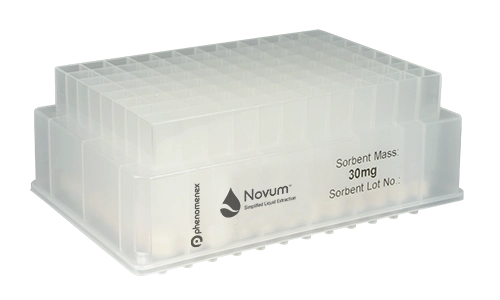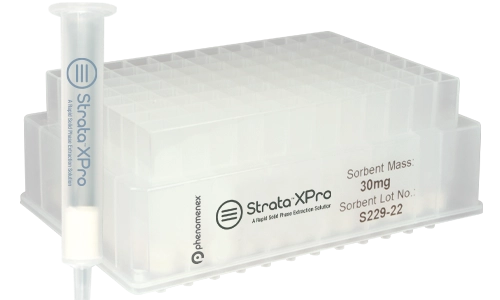
Clinical Research
Product Information
Brand
From Clinical Sample Preparation to LC-MS Analysis, We Have You Covered
Phenomenex provides everything you need for clinical research, from sample prep to LC-MS analysis. Improve workflows with our user-friendly products and expert support.
From Clinical Sample Preparation to LC-MS Analysis, We Have You Covered
Our team of experts understands the challenges associated with Clinical Research; starting at the sample itself all the way through separation and analysis. Let us help you boost your throughput and improve your workflows with our portfolio of Sample Preparation and LC products that are sure to fit your needs.
- Tackle challenging matrices with our portfolio of clinical sample preparation products
- Achieve the sensitivity you need with our core-shell LC products
- Reliably run your methods, day after day, with reproducible LC and Sample Preparation medias
Research Specialty Resources Hubs





























